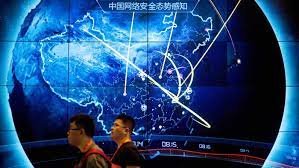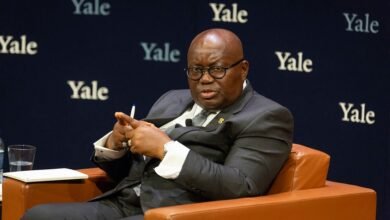
When a political figure returns to power after disgrace, controversy, and global scandal, time doesn’t stop—but history changes its course. Trump’s comeback was not a return to the past; it was a leap forward into a new model of governance—one where order gives way to orchestrated chaos, and power feeds not from law, but from shock and spectacle.
In the first six months of his second term, Trump made it clear that he had no intention of acting like a conventional president. He does not see himself as a player within the system, but as a designer operating beyond its rules—a figure who views institutions as obstacles, the media as enemies, and the public as a tool for self-reinvention. His actions in these early months weren’t just a series of policy moves; they constituted a deep cultural, social, economic, and psychological project aimed at redefining the state, society, and even the very meaning of truth.
De-Institutionalization from Within: Power Over Structure
Trump’s return marked the beginning of a silent war against democratic institutions. From federal courts to independent agencies, from election systems to the media, all came under direct or indirect pressure. A president expected to uphold checks and balances instead challenged them head-on. By undermining immigration laws, attacking universities, demonizing the press, and dismissing oversight structures, Trump sent a clear message: power should be centralized, unfiltered, and subject only to individual will.
Social Division: Managing a Nation by Injecting Fear
Trump views American society not as a united nation but as two cultural, economic, and racial armies in perpetual conflict. Rather than bridging these divides, he exacerbated them—and weaponized them. His harsh immigration policies, the closing of doors to asylum seekers, mass deportations, and the push for both physical and psychological borders all served to inject fear and energize a social base that sees its identity in historical marginalization.
Unequal Economics: From Tax Cuts to Elite Profit
Trump deepened existing economic inequalities. Massive corporate tax cuts, exemptions for the wealthy, cuts to welfare programs, and neglect of fundamental crises like housing, all signaled an economy where justice was sacrificed in favor of stock-market-driven growth. The middle and lower classes didn’t rise—they began to descend slowly but steadily.
Isolationist Foreign Policy: Broken Alliances, Redefined Interests
Diplomacy under Trump gave way to brute force. In six months, ties with the European Union frayed, tensions with China approached Cold War levels, and international treaties were discarded with ease. “America First” became more than a slogan—it became a doctrine: a policy of disengagement, antagonism-as-leverage, and contempt for international institutions.
The Media: From Watchdog to Public Enemy
In Trump’s second term, the media came under heavier fire than ever. Critical journalists were directly attacked, the credibility of independent outlets questioned, and social media platforms flooded with censorship, trolling, and disinformation. In this environment of mistrust, truth itself became a casualty. Expertise was replaced by digital noise, and citizens, caught between conflicting narratives, suffered from cognitive instability.
Trumpism: Not Just a Man, But a Mindset
Trumpism is not merely a political behavior—it’s a complex psychological and ideological system. What Trump fosters is a sense of identity built on resentment, suppressed rage, perceived erasure, and a desire for political revenge. This phenomenon resonates beyond America—from Europe’s far-right movements to populist surges in Asia and Latin America.
Conclusion: From Democracy to Democratic Theater?
Trump’s second term is not just a political cycle—it’s an alarm bell for modern democracies. If democratic systems fail to withstand the encroachment of populism, and if truth is replaced by manufactured narratives, we may find ourselves in an era of “democratic theater”: democratic in appearance, authoritarian in essence.
This article is not merely an analysis of one president—it is an excavation of an era in which chaos is meticulously engineered, an age where the fist replaces negotiation, and shock supersedes the rule of law.







